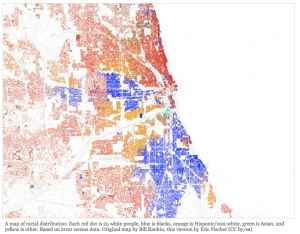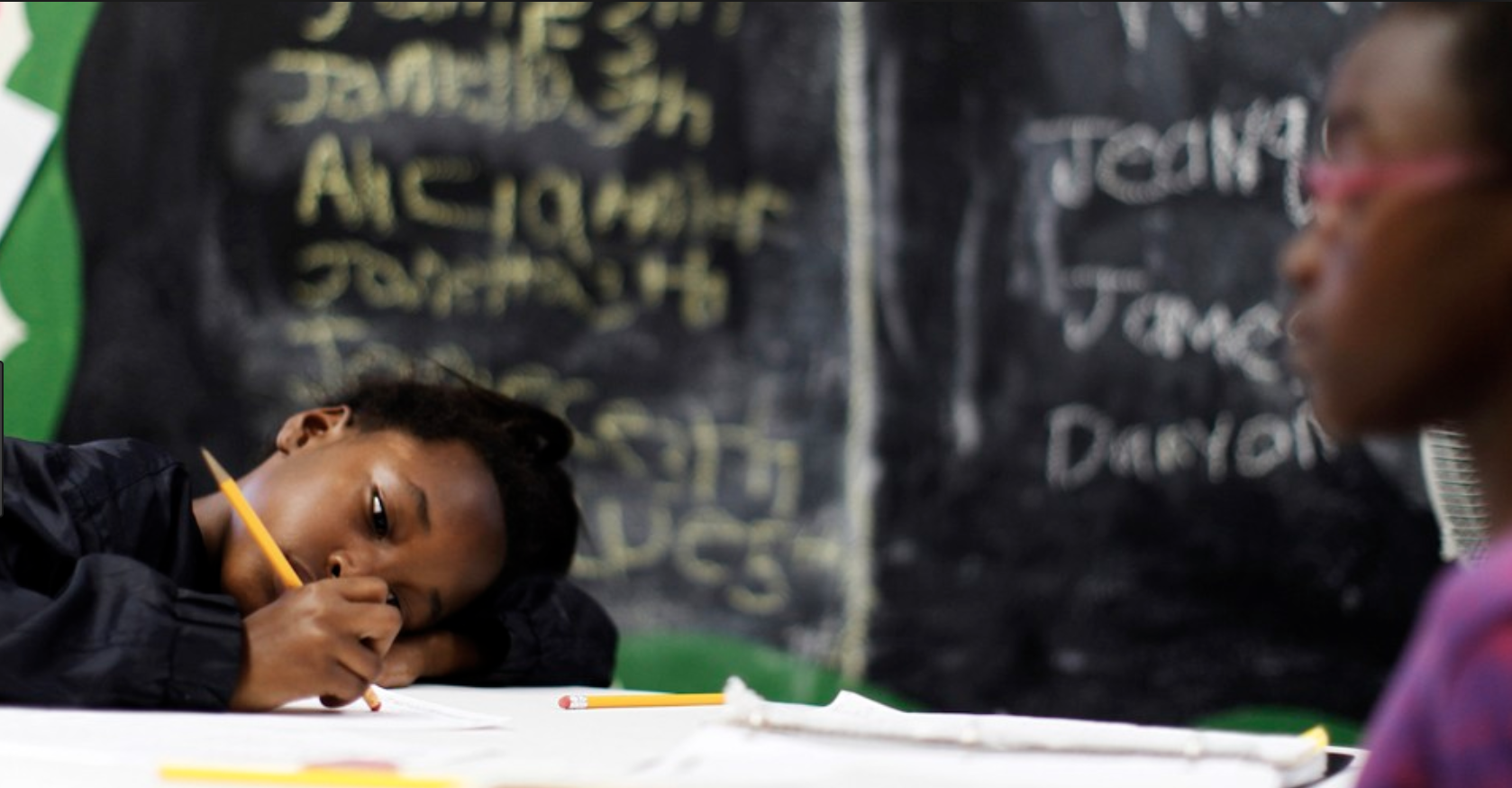Chicago

From 2001 to 2015, 2,000 American troops died fighting the war in Afghanistan. In the same time period, 5,000 people died in the city of Chicago, Illinois (Davis 2015). In 2017, there were 3,457 gunshot wound victims, 246 of these victims were young people under the age of 18 years old (Vice, 2018). What’s more, 94% of these shootings took place in the Southside and Westside of Chicago, meaning only 6% of shootings did not take take place in poor black neighborhoods (Vice, 2018). And, it’s not just gang-related violence that casts a shadow over Chicago, it’s also violence practiced by law enforcement. Between 2013 and 2017, the Chicago Police Department (CPD) was responsible for 68 police killings, 51 of whom were black – ranking the CPD at #1 for police killings of African-Americans (Mapping Police Violence 2017).
What’s more, 94% of these shootings took place in the Southside and Westside of Chicago, meaning only 6% of shootings did not take take place in poor black neighborhoods (Vice, 2018). And, it’s not just gang-related violence that casts a shadow over Chicago, it’s also violence practiced by law enforcement. Between 2013 and 2017, the Chicago Police Department (CPD) was responsible for 68 police killings, 51 of whom were black – ranking the CPD at #1 for police killings of African-Americans (Mapping Police Violence 2017).
The prevalence of violence in isolated areas of Chicago is no coincidence. In an Atlantic article, “The Case for Reparations,” Ta-Nehisi Coates writes a comprehensive dissertation about the ghettoization of African-Americans in American cities. In nearly every major city, the government executed and authorized discrimination against black people, effectively isolating black populations in sectors of cities where they were denied access to jobs, grocery stores, quality housing, protection from police, and access to critical medical resources (Coates 2014).
Today, Chicago is one of the most segregated and violent cities in America. This reality is attributable to a long history of exclusion, neglect, and exploitation executed and authorized by the government. In spite of the government’s participation, Chicagoans from the Southside and Westside of Chicago have taken it upon themselves to address the issues in their communities and work to combat them. Although activism in Chicago is not new, the media rarely covers the efforts made by community members to bring about positive changes in their communities.
Chicago may suffer from a lot violence, but there are good people working to lift each other up, and overcome the barriers that have been built around them. UJIMMA’s mission statement represents the spirit of Chicago’s organizers:
“We teach people to be the heroes of their own neighborhoods.”
(Graphic Content) This is an interview with Activist Jedidiah Brown who suffers from mental illness likely caused by his high exposure to trauma growing up in Chicago.
Anderson, M. (2016, August 22). Chicago’s Inescapable Segregation. The Atlantic.
Coates, T. (2014, June). The Case for Reparations. The Atlantic.
Davis, N. (Director). (2015, February 25). More Than A Bullet [Video file]. Retrieved from https://youtu.be/WEXQrH92d68
Mapping Police Violence. (2017, December). Police Accountability Tool. Retrieved from https://mappingpoliceviolence.org/cities
Vice Staff (Writer). (2018, February 26). Daily Vice [Television series episode]. In DIY Gunshot Treatment on Chicago’s South Side. Chicago, Illinois: Vice.
